Thông báo
Vui lòng điền vào thông tin bên dưới
Khẩn cấp
SCOLIOSIS: DIAGNOSIS AND TREATMENT
From a back view, the spine appears straight. If deformity occurs, the natural curvature can be abnormal, resulting in areas that are concave, convex or misaligned. It can manifest as kyphosis, lordosis and scoliosis.
► What is scoliosis?
Scoliosis is an abnormal curve of the spine. The spine, when viewed from the side, has a slight forward and backward curve. However, in scoliosis, the spine can curve sideways to the left or right, forming a “C” or “S” shape when viewed from the front.
In most cases, scoliosis is mild and does not cause pain or require treatment. However, in severe cases, it can cause misalignment of the body and pain in daily activities.
There are two types of scoliosis:
C-shape scoliosis: The spine curves to one side, forming a “C” shape. The most common curving region is at the lumbar or thoracic spine.
S-shape scoliosis: Also known as double scoliosis. It involves the thoracic and lumbar spine curves. S-shape scoliosis is more severe than C-shape, as it directly affects the thoracic and lumbar spinal alignment.
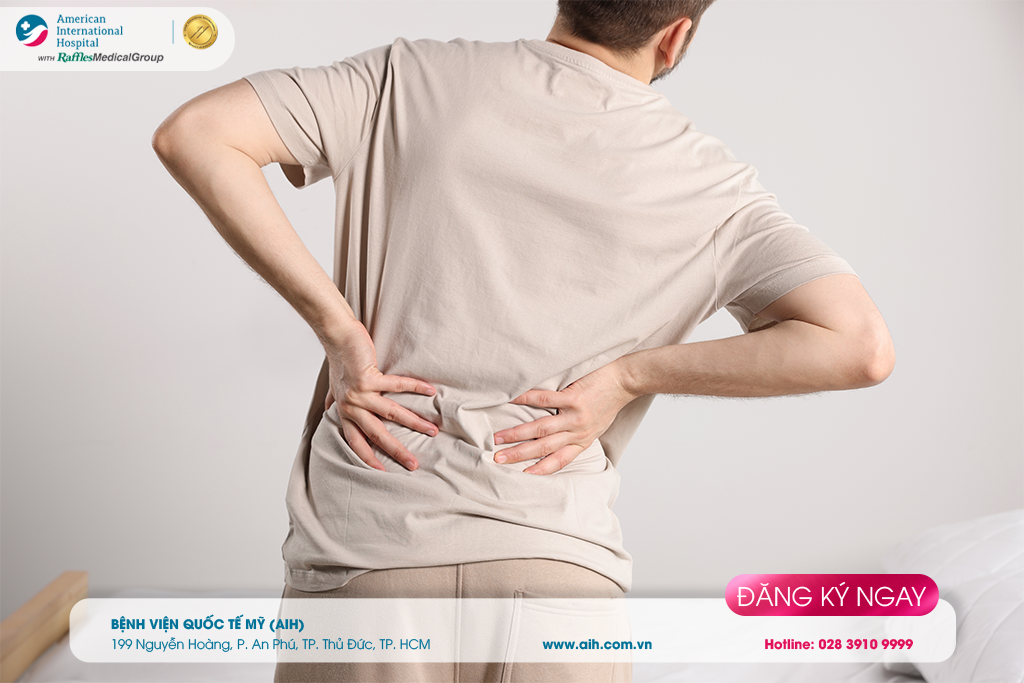
► Who might get scoliosis?
The risk of getting scoliosis may include:
Family history of scoliosis. However, not all scoliosis cases have genetic components.
Medical condition, traumas or injuries from the past impacting the spine, muscles and nerves.
► Causes of scoliosis
The causes of scoliosis can vary, but the most common include:
Vertebrae malformation during embryonic development of pregnancy
Genetic changes
Spinal traumas
Tumor of the spine
Conditions affecting nerves or muscles
However, in most cases, it is challenging to identify the root cause of scoliosis (known as idiopathic scoliosis).
► Symptoms of scoliosis
Generally, scoliosis can develop without symptoms, but when they do occur, they may include:
Back pain
Difficulty standing upright
Weak core muscles
Foot pain, tingling sensation or weak foot muscles
Uneven shoulders
Prominent shoulder blades
Head and pelvis not on a straight line
Uneven waistline
Elevated hip
Tilt to one side of the body
Uneven leg length
Skin changes such as dimples appearance, hair falling in patches, changes of skin color along the spine
Scoliosis, if left untreated for a long time, can lead to:
Reduced height
Uneven alignment of the spine and hip
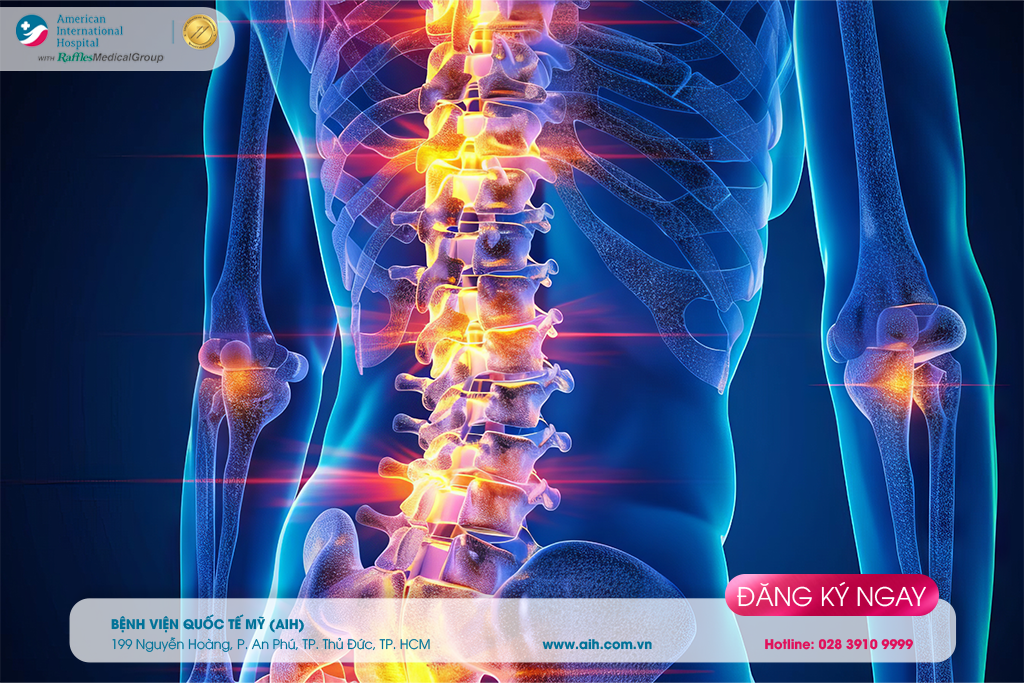
► Complications of scoliosis
If left untreated, severe cases of scoliosis can result in serious complications, such as:
Prolonged pain
Body deformities
Organ damage
Nerve damage
Arthritis
Spinal fluid leakage
Difficulty breathing
► How is scoliosis diagnosed?
Doctors can diagnose scoliosis through a physical examination, which involves standing upright and bending forward to touch the toes. Doctors can examine the spine shape and patient’s gait, as well as the nerves by testing reflexes and muscle strength.
Before providing a treatment plan, the doctor may ask the following questions:
Patient and family history of pathologies
Date of spinal abnormalities onset or date of diagnosis
Symptoms (if any)
Any other symptoms related to the bowel, bladder or suspected symptoms of nerve damage or compression caused by scoliosis.
If necessary, the doctor may request imaging tests. An X-Ray scan taken from the front and side can reveal the full picture of the spine. From that, they can determine the severity of scoliosis and may order other tests such as MRI (magnetic resonance imaging) or CT (computed tomography) scan.
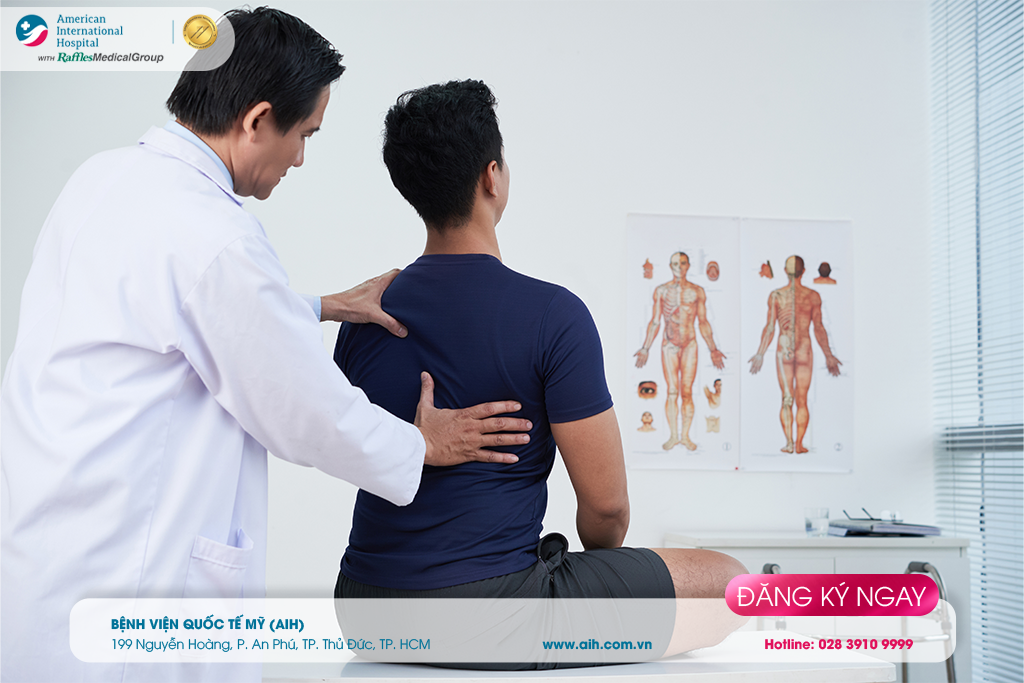
► Treatment of scoliosis
In general, treatment will depend on the severity and the risk of scoliosis exacerbation. Mild curvature, such as kyphosis caused by poor postures, may not require any treatment. For more significant curvature, the patient may need to use back brace or undergo surgery.
1. Possible treatment for exaggerated lumbar curve (lordosis)
Medications to alleviate pain and swelling
Exercising and physiotherapy to strengthen muscles and increase flexibility
Back brace use
Weight control
Surgery
2. Possible treatment for exaggerated thoracic curve (kyphosis)
Exercising and anti-inflammatory drugs to relieve pain and discomfort
Back brace use
Surgeries to fix the severe spinal curvature or congenital kyphosis
Exercising and physiotherapy to strengthen muscles
3. Treatment for scoliosis
Routine health check-up: If the condition is mild, a check-up every 4 to 6 months is suggested.
Brace: Depending on the degree of curvature, suitable braces will be prescribed. This method is commonly recommended for children and adolescents when severe scoliosis is diagnosed during the period of bone growth.
Surgery: If the curve is severe and progressing, surgery might be necessary.
Cast: The child will be placed under general anesthesia and a cast is applied from the shoulders to the lower torso. The cast is replaced after a few months or up to 3 years. This method is reserved for young children with severe deformities diagnosed during bone-growing stage.
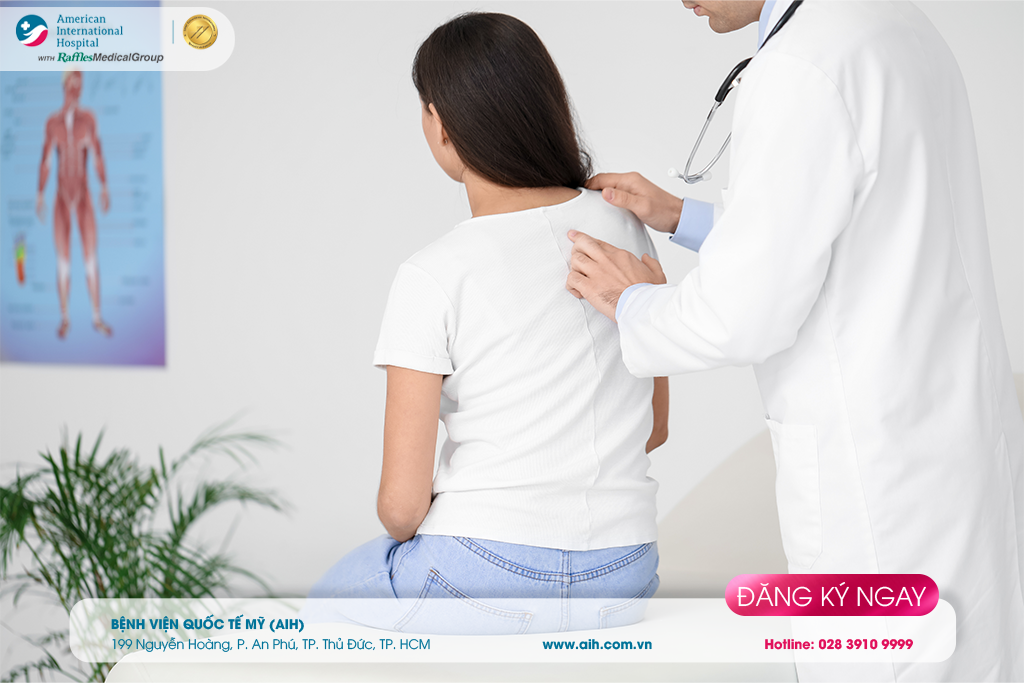
► Prevention of scoliosis
Strengthening and maintaining balance in the spine supporting muscles is crucial in backbone health. Neurological disorders such as cerebral palsy or muscular dystrophy can increase the risk of scoliosis. Early detection and management of these underlying conditions can help prevent the risk of scoliosis.
Additionally, maintaining a good standing and sitting posture is also important to the overall health of the spine. Desks and chairs for working and studying should match the user’s height. Ergonomic chairs can be helpful for daily use since they can promote correct posture for working and using electronic devices. Maintaining a good posture can significantly reduce pressure on the spine.
For those with scoliosis, stretching exercises for the back and abdominal muscles can support and preserve the natural curvature of the spine.
For checkup and consultation at AIH:
☎ Hotline: (028) 3910 9999
🌏 Website: www.aih.com.vn
📍Address: (Entrance from 199 Nguyen Hoang Street) No.6, Bac Nam 3 Street, An Phu Ward, Thu Duc City, Ho Chi Minh City.


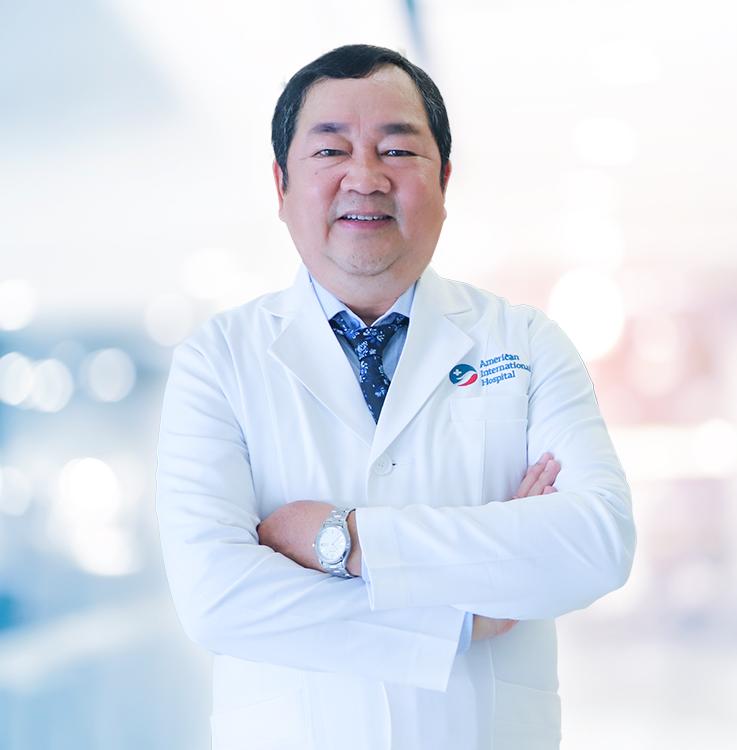


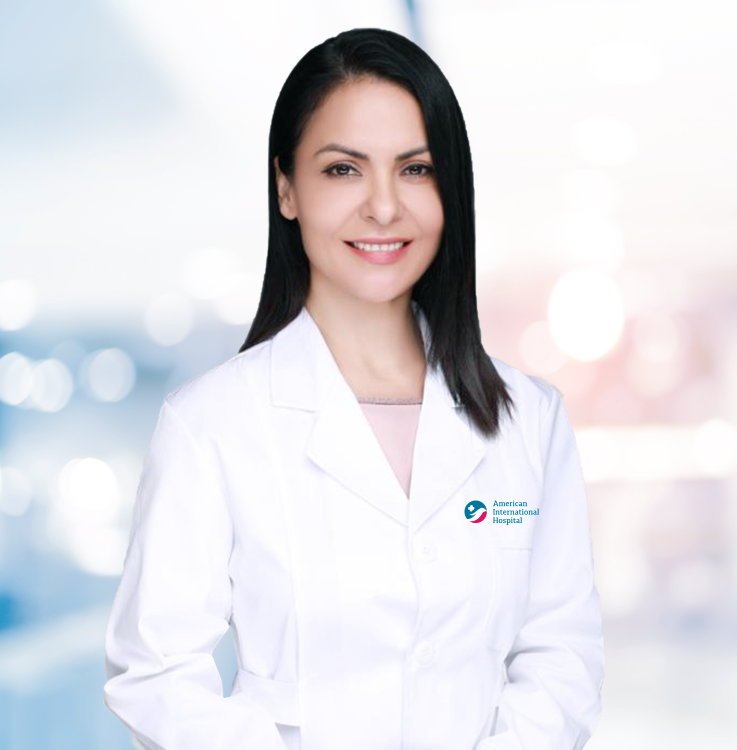


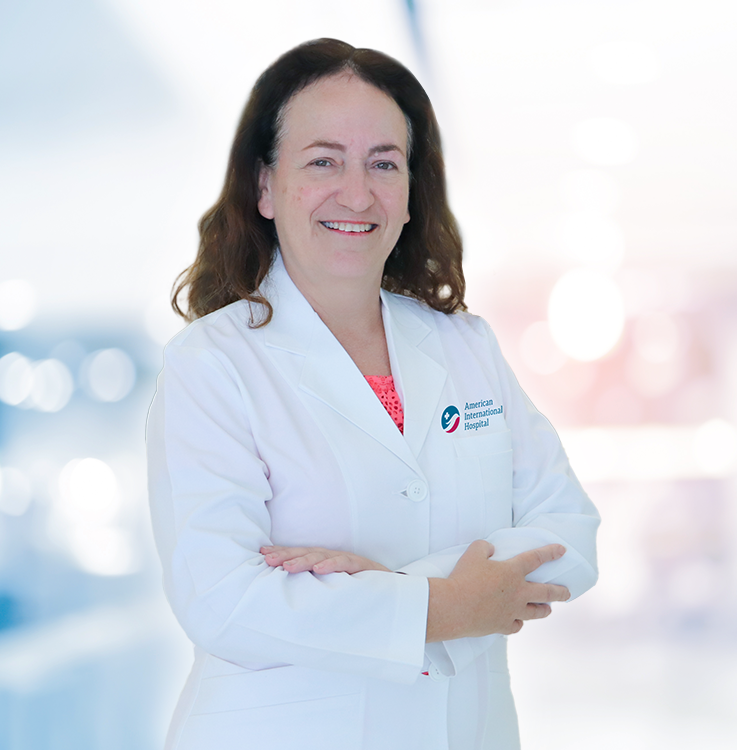


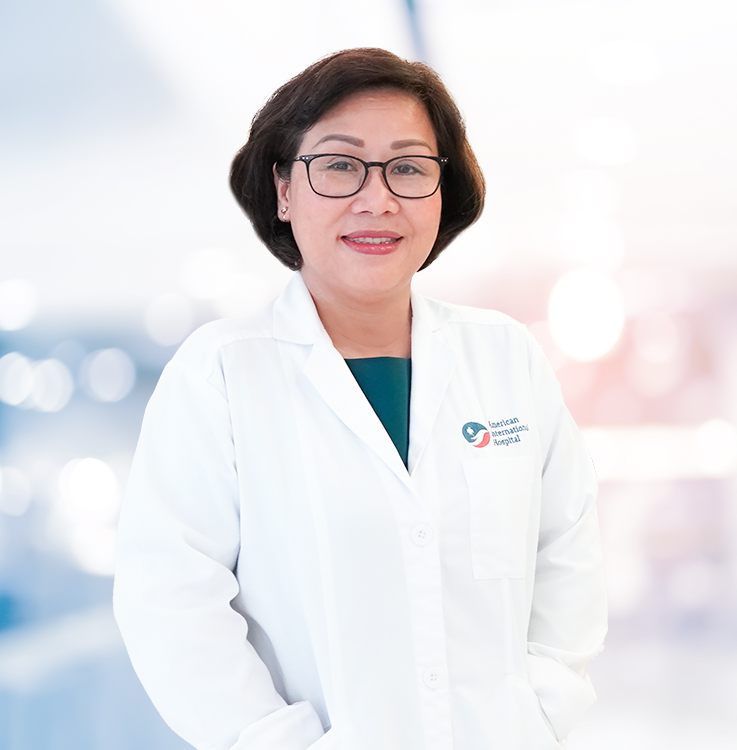
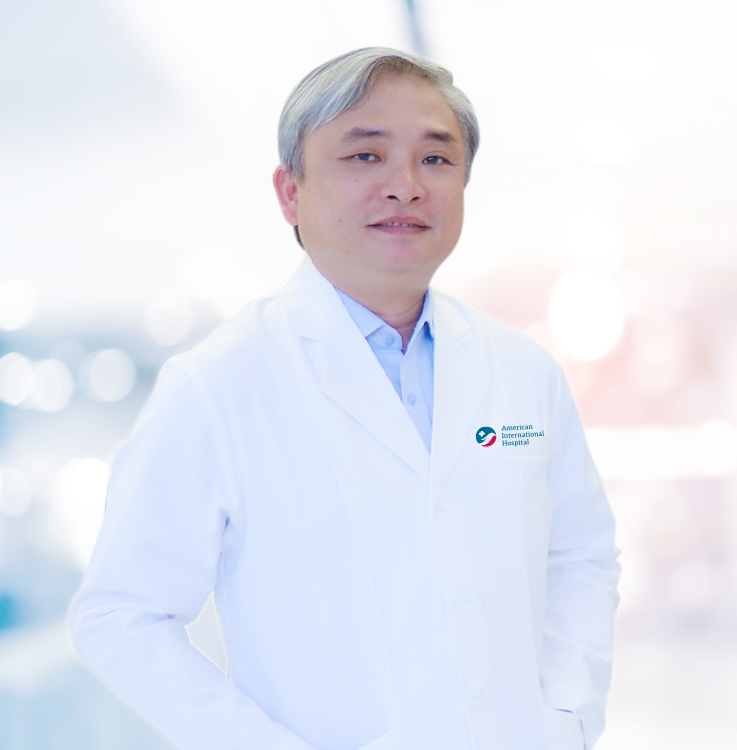
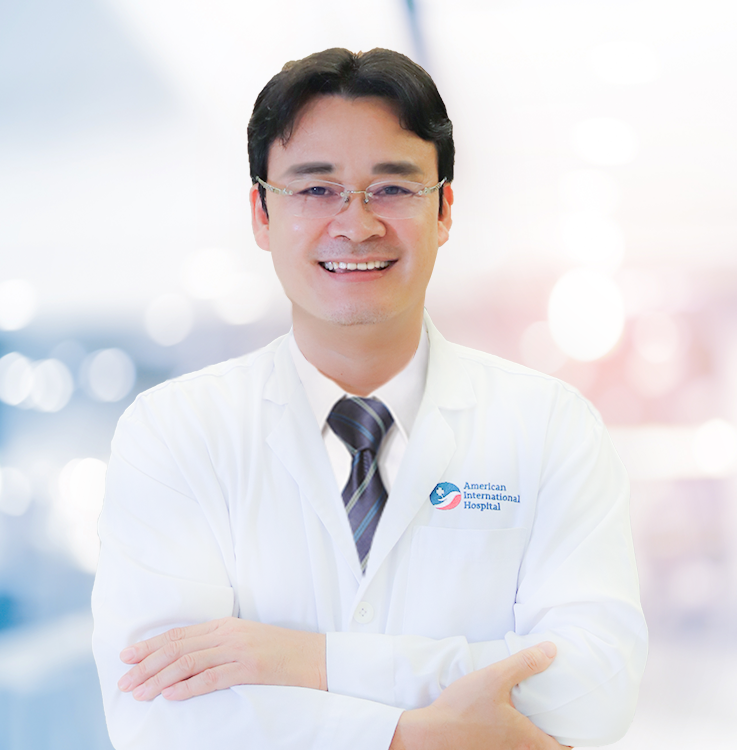

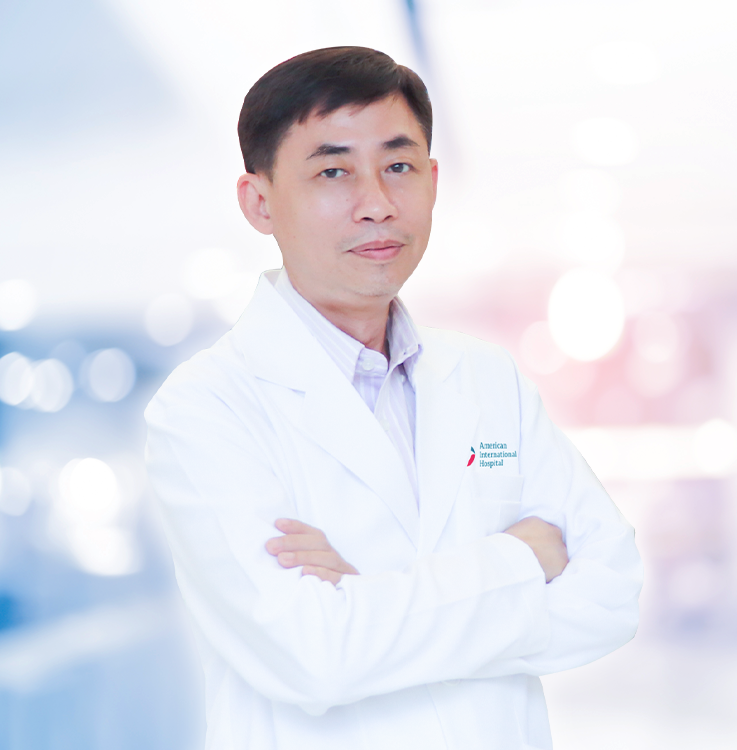
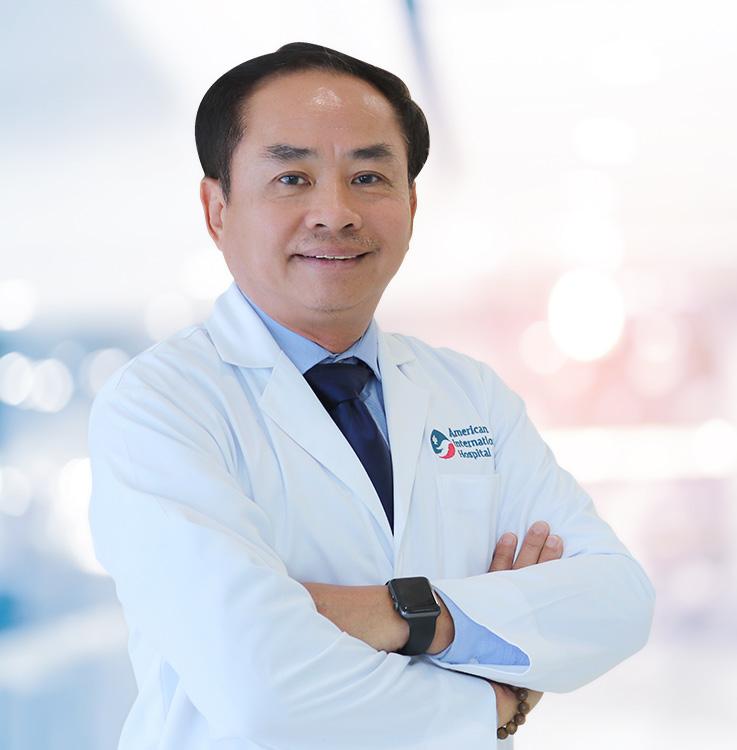


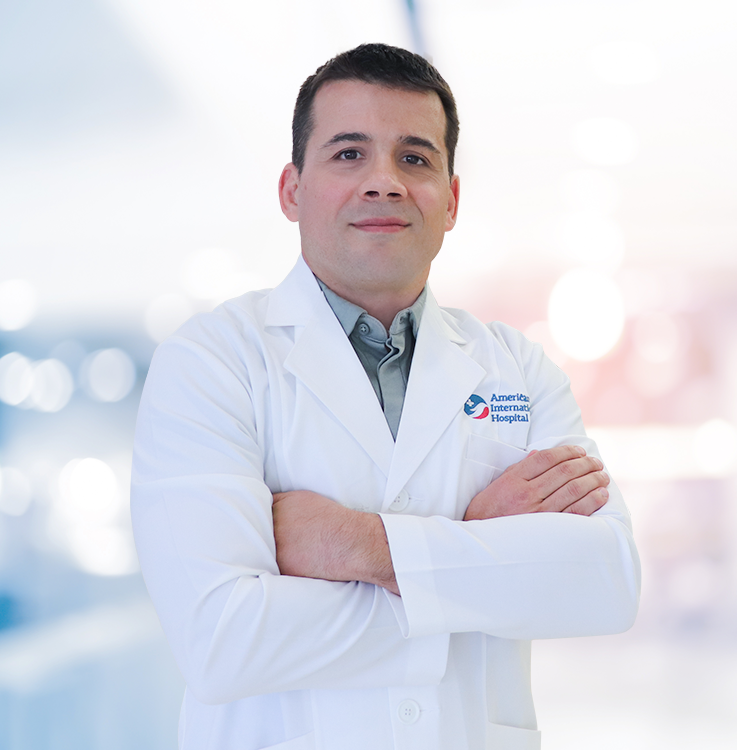
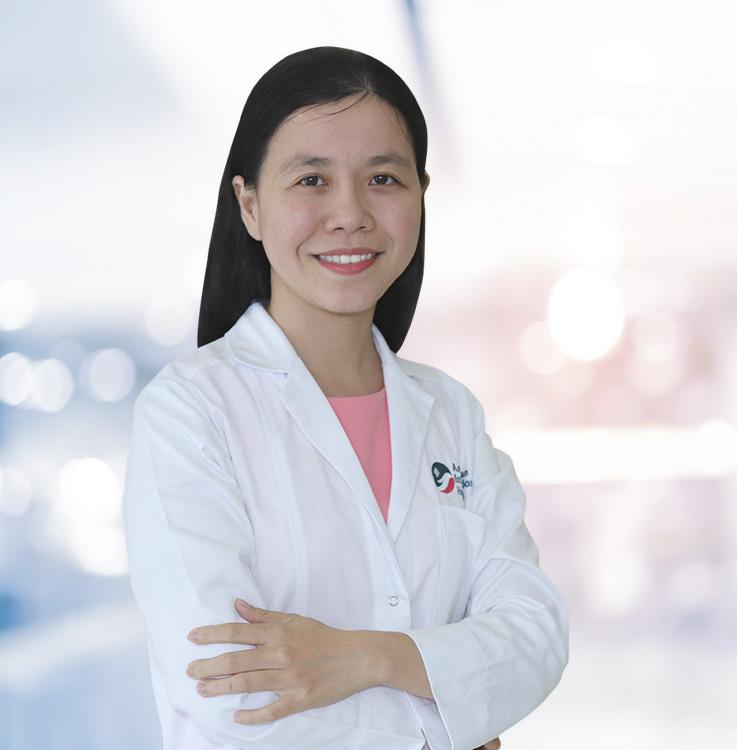
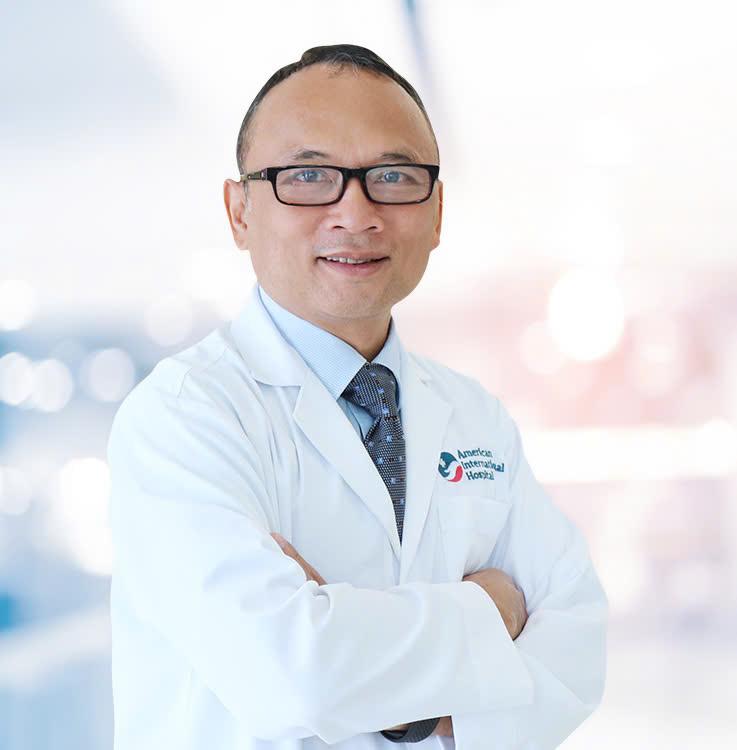

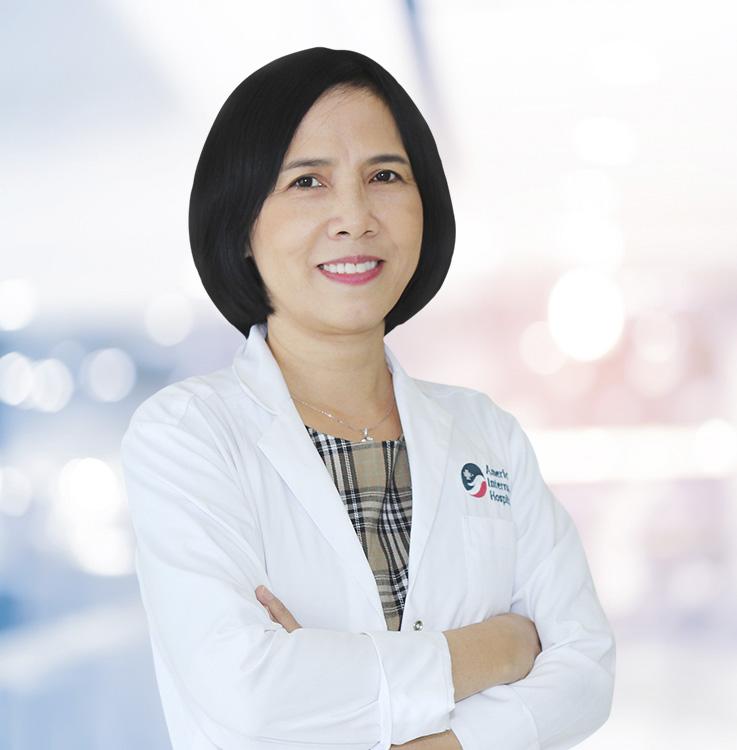
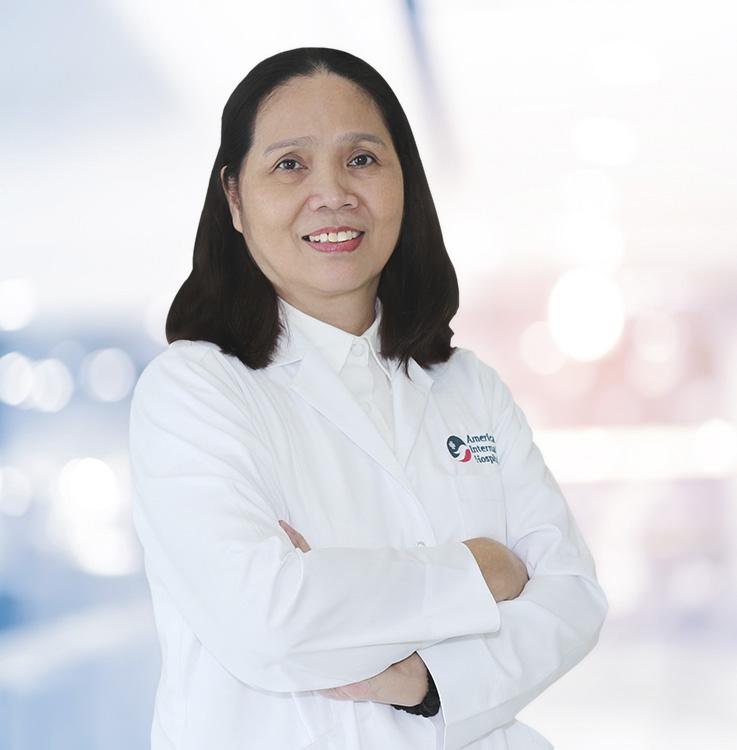

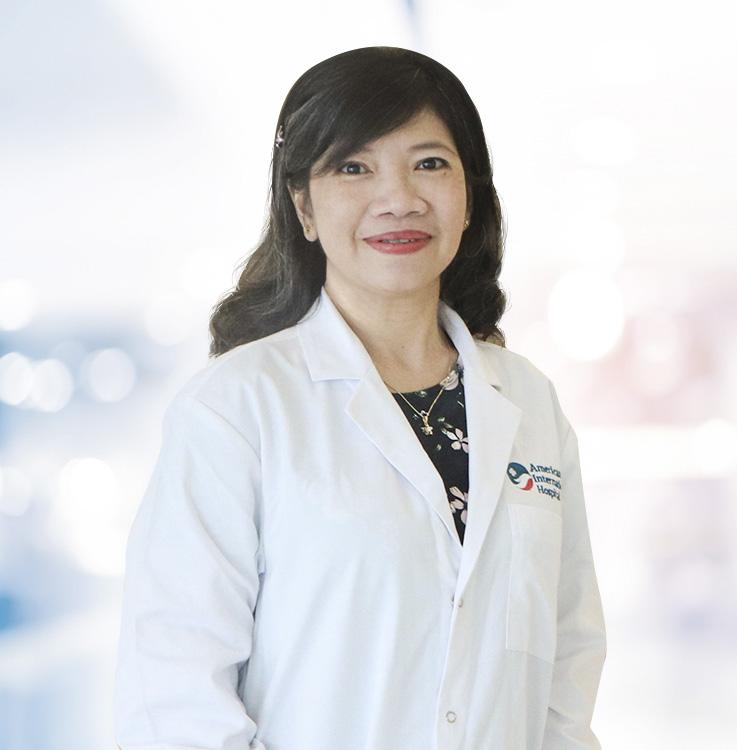
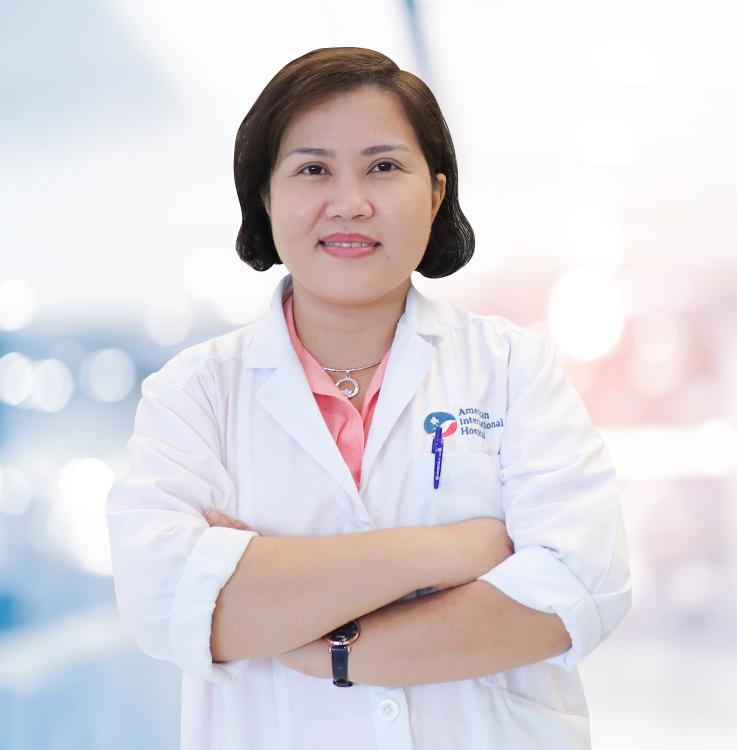

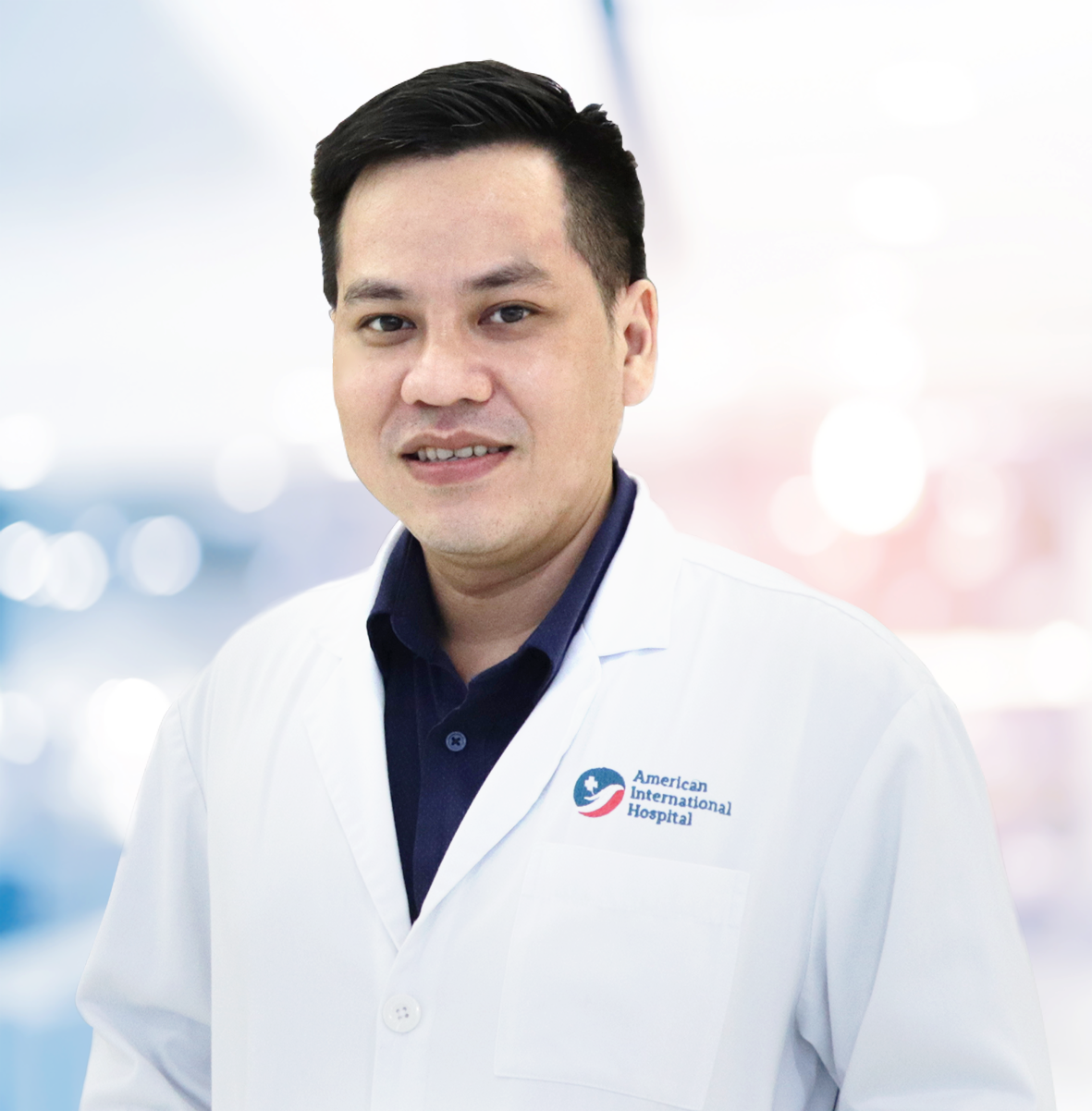
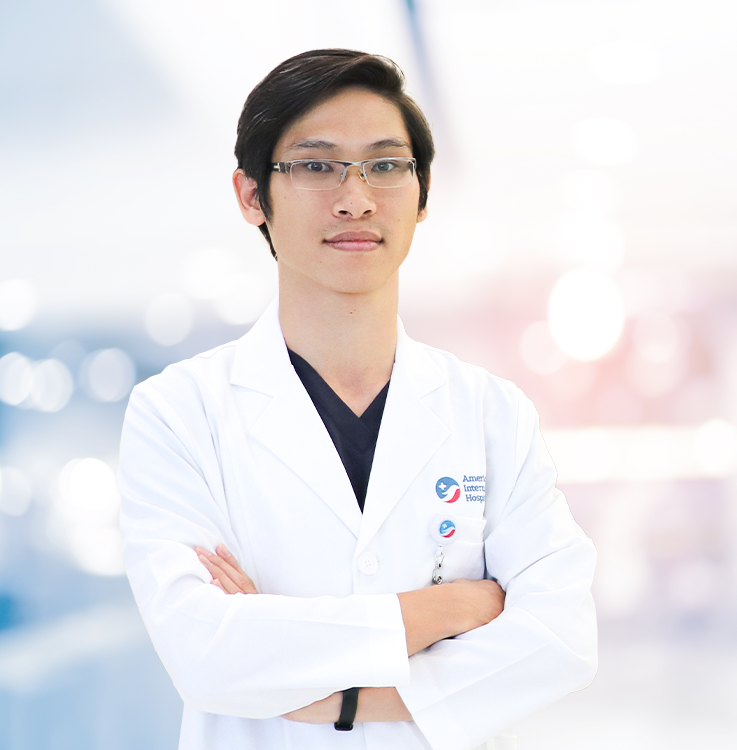

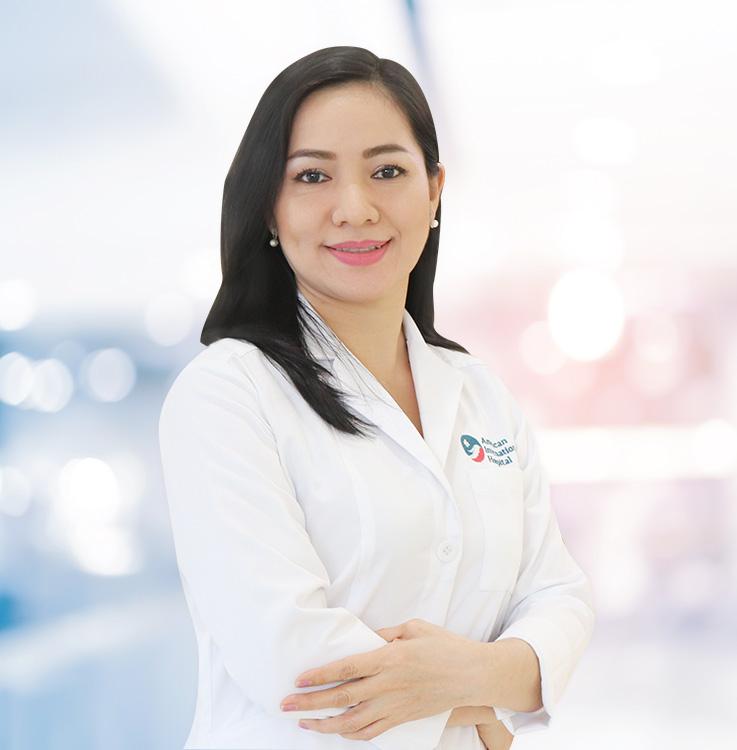
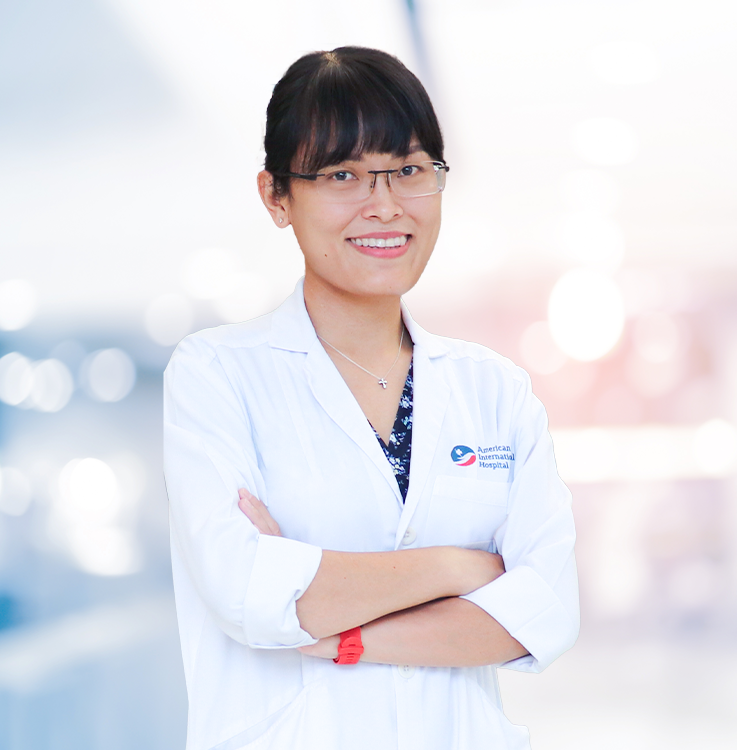

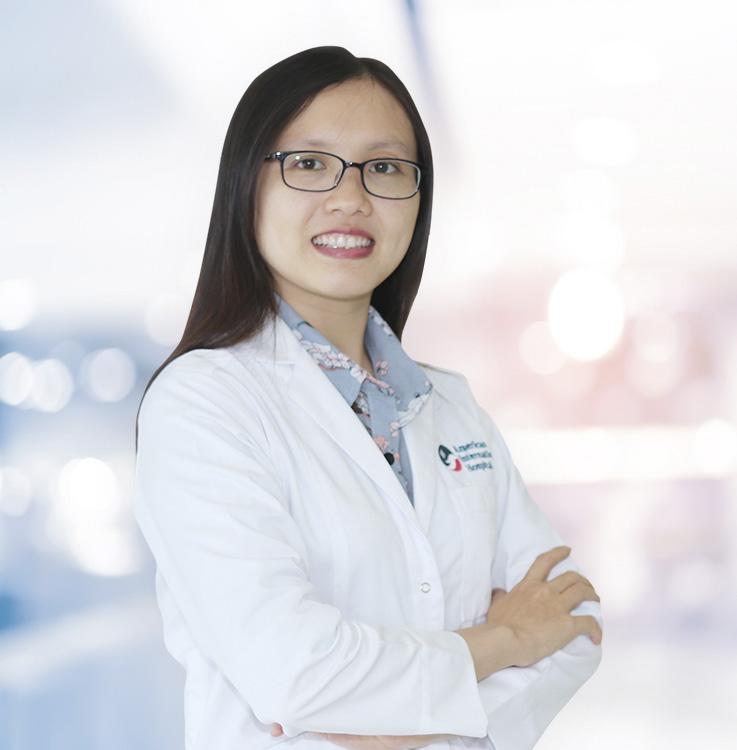


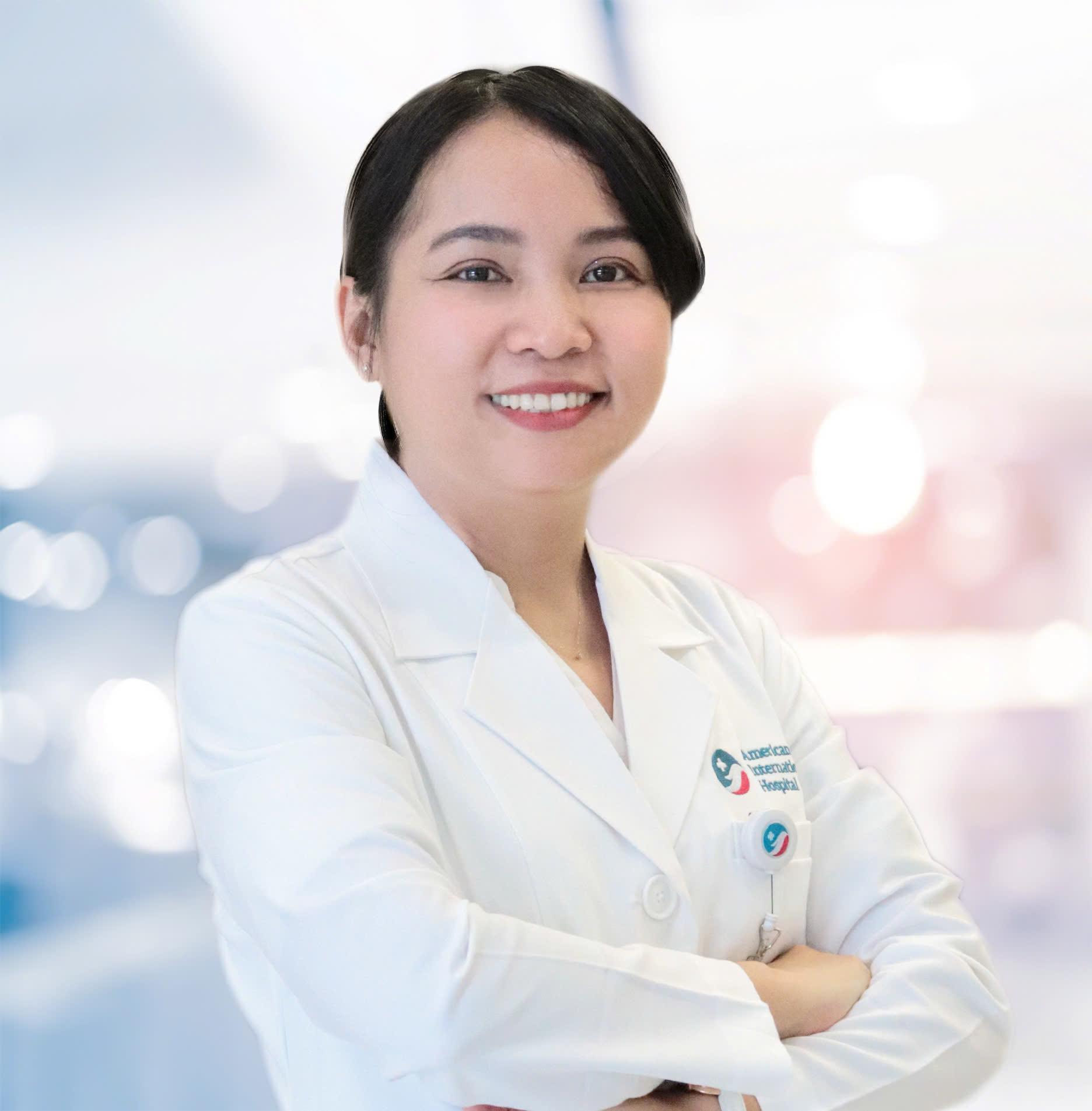

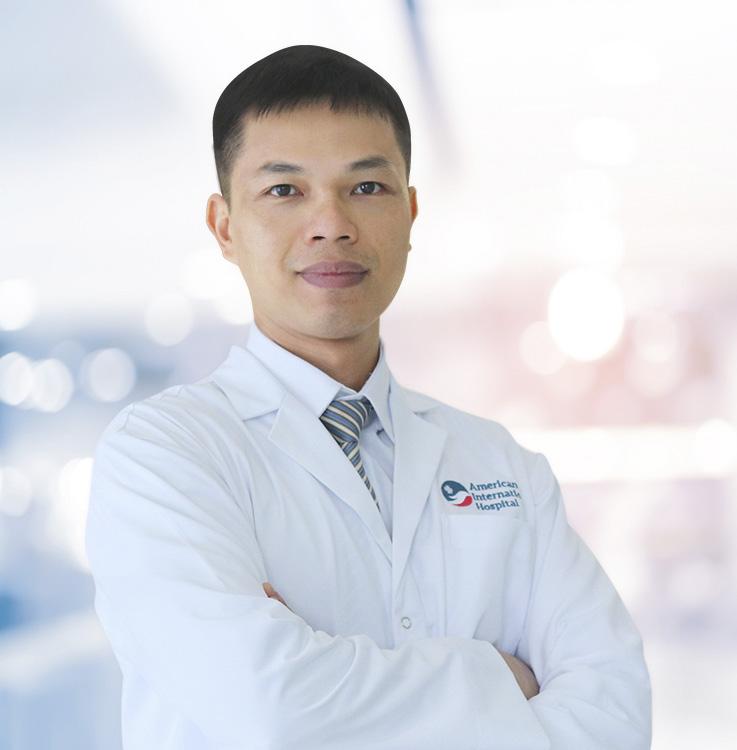

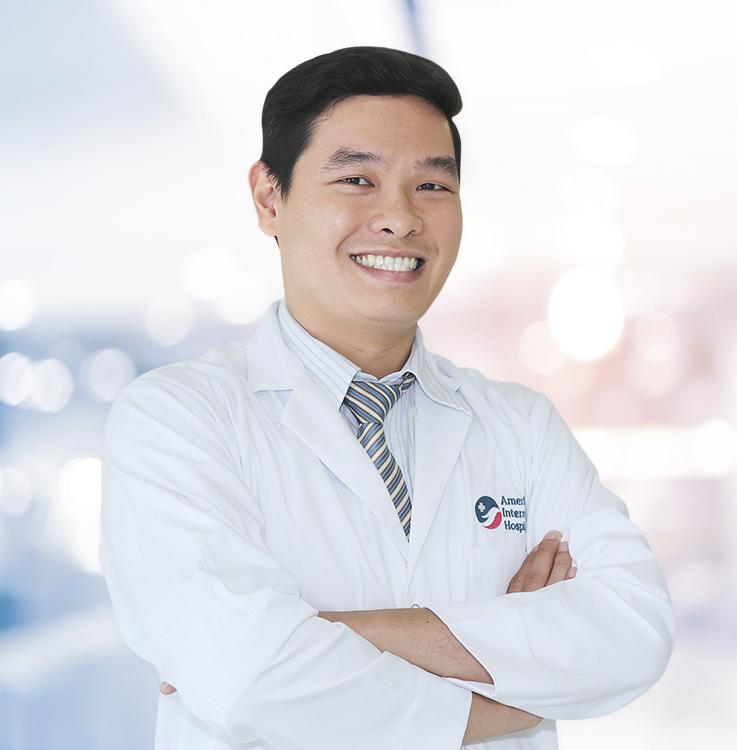
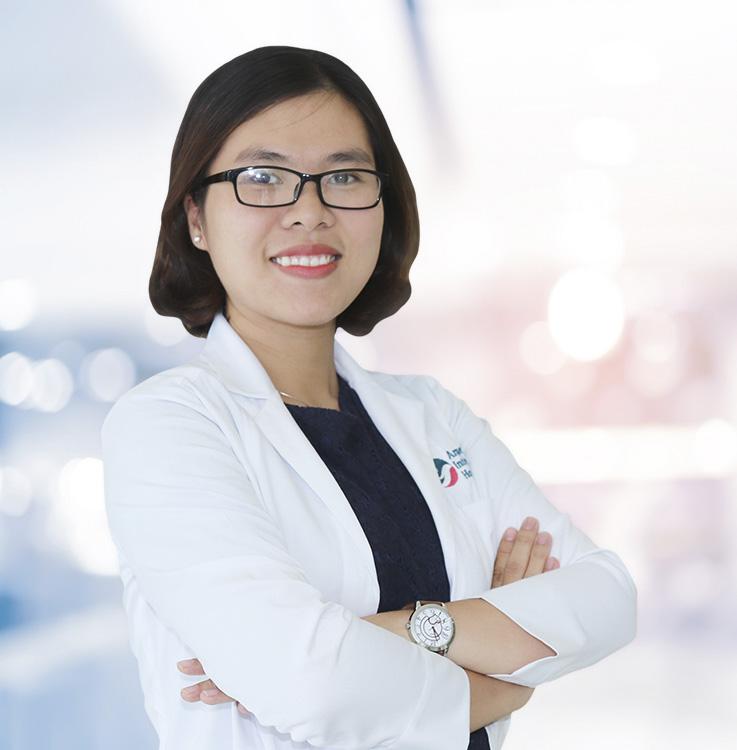
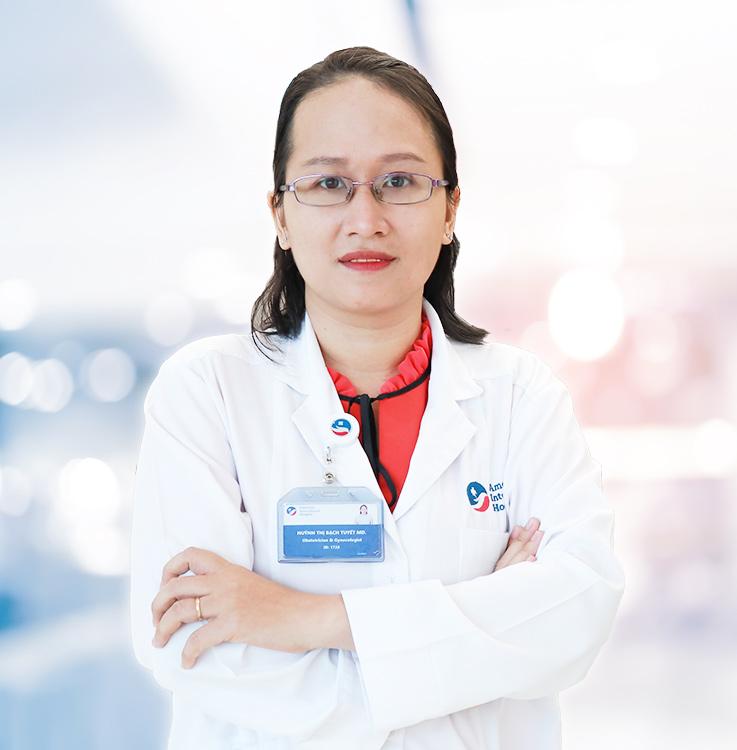
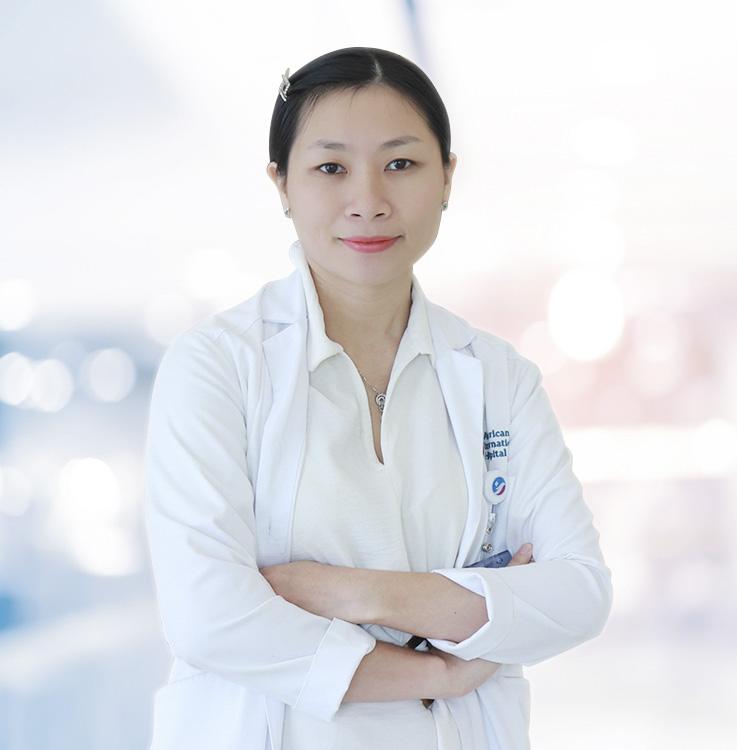

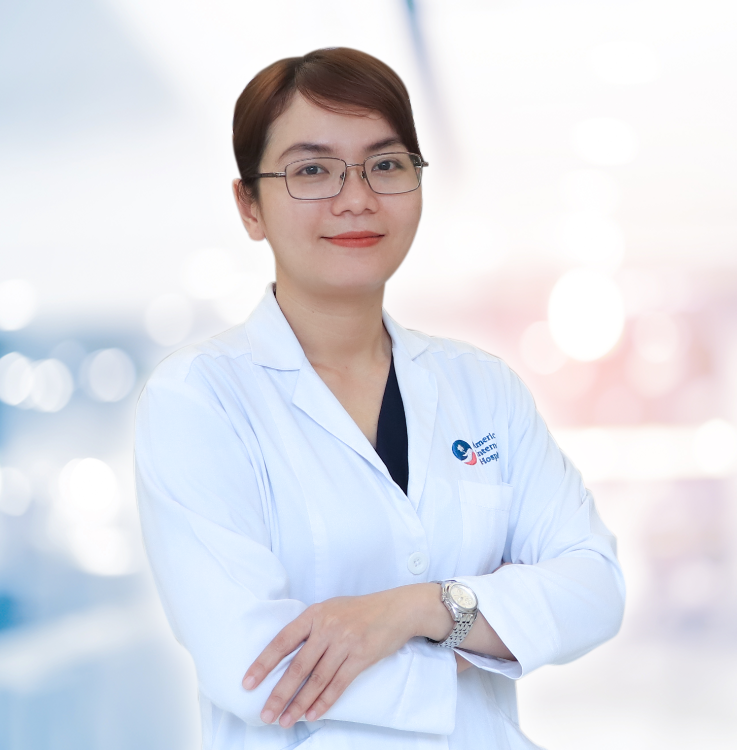

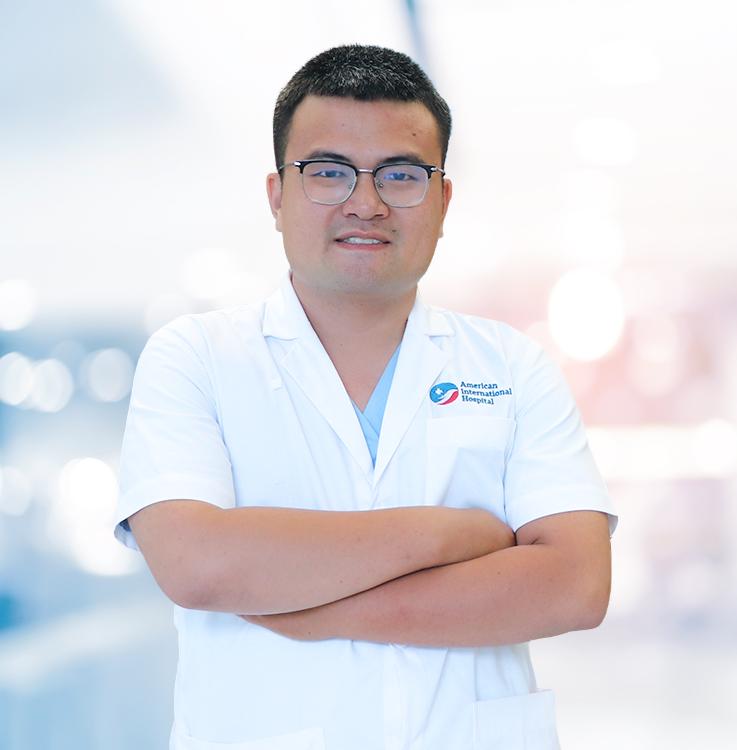
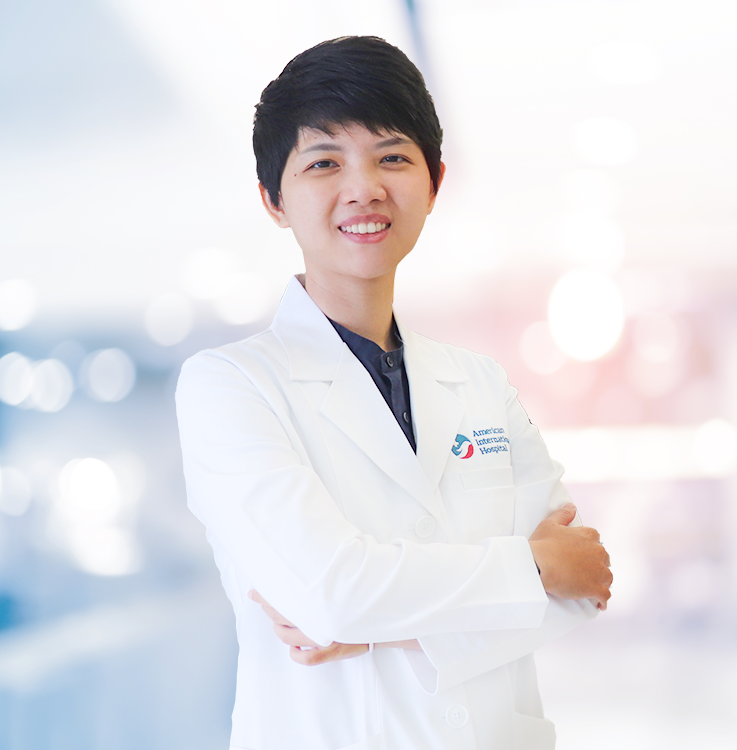
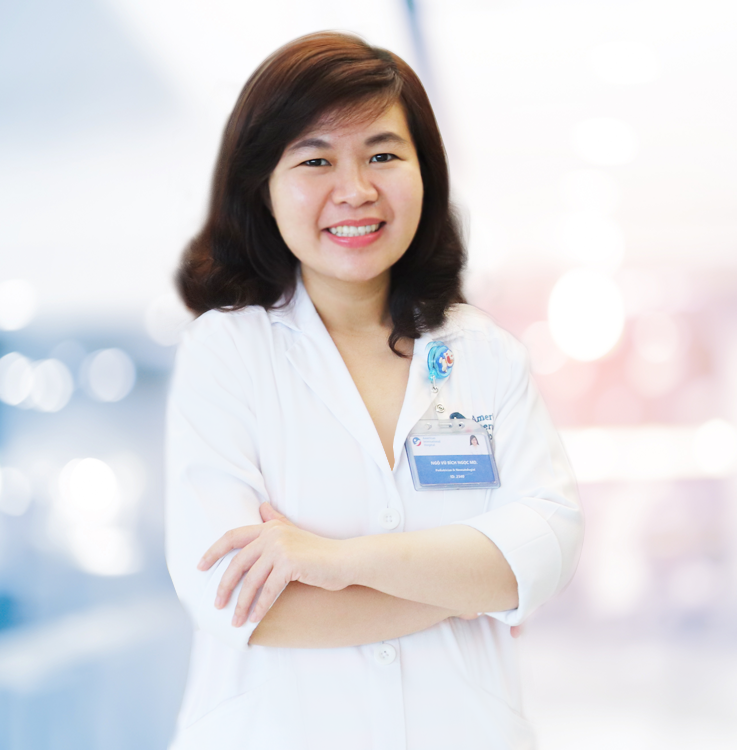
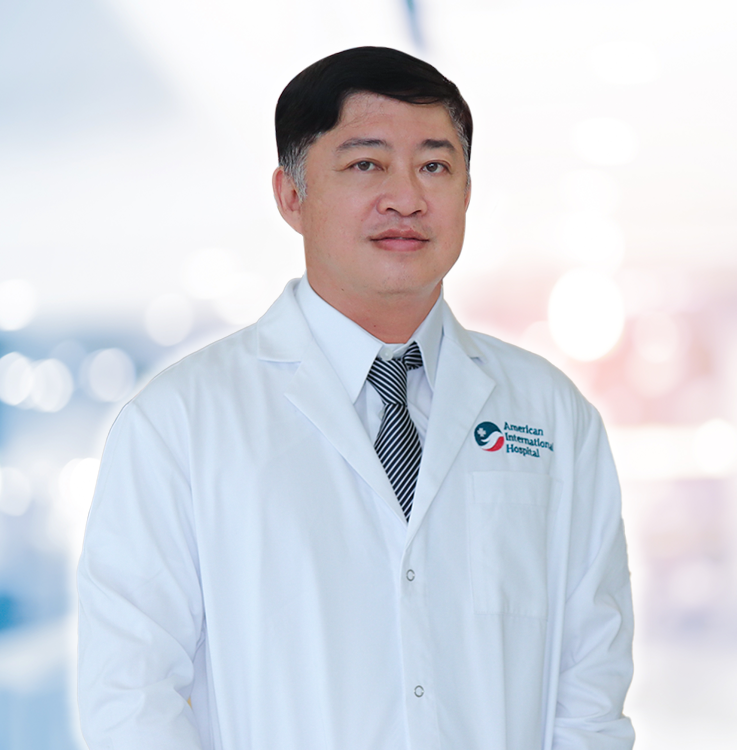
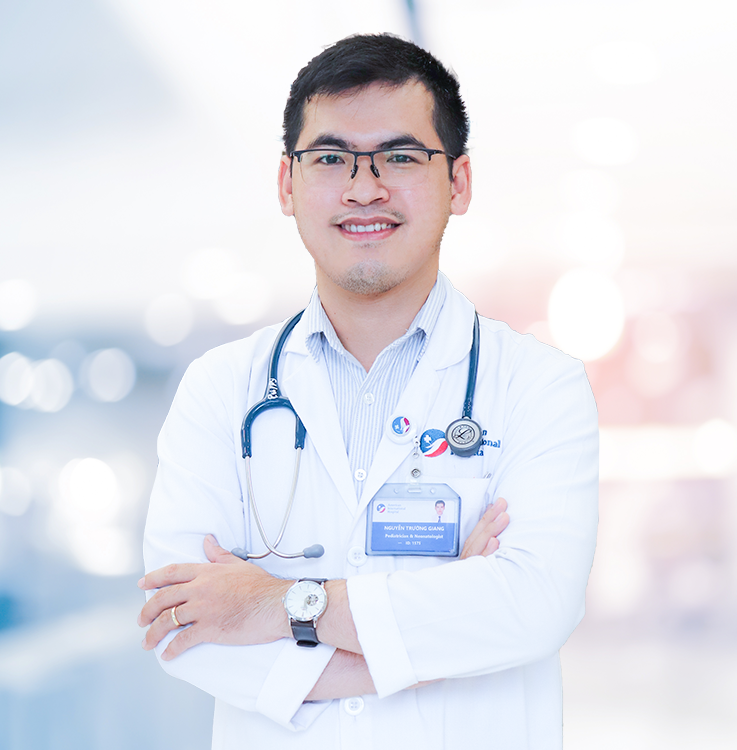


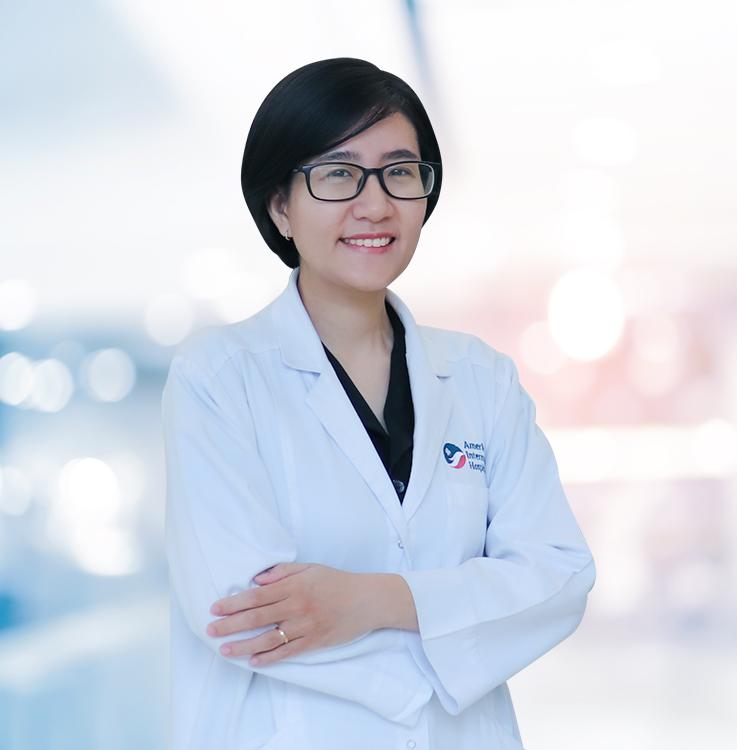








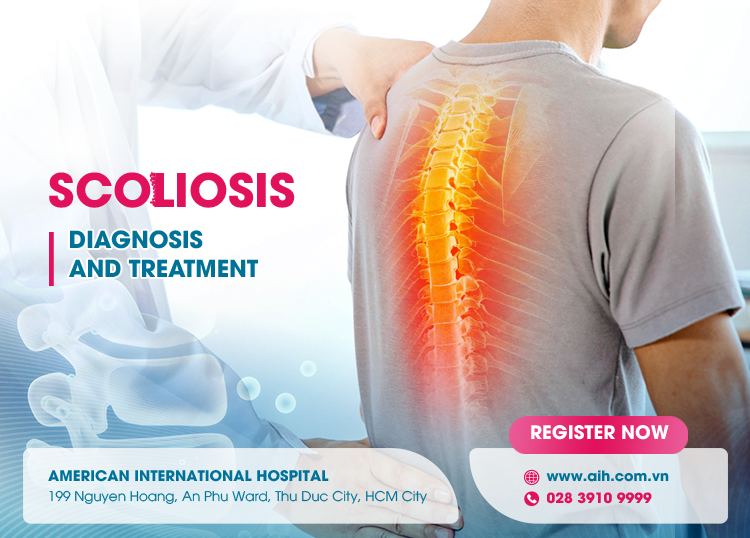

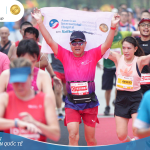

Để lại bình luận